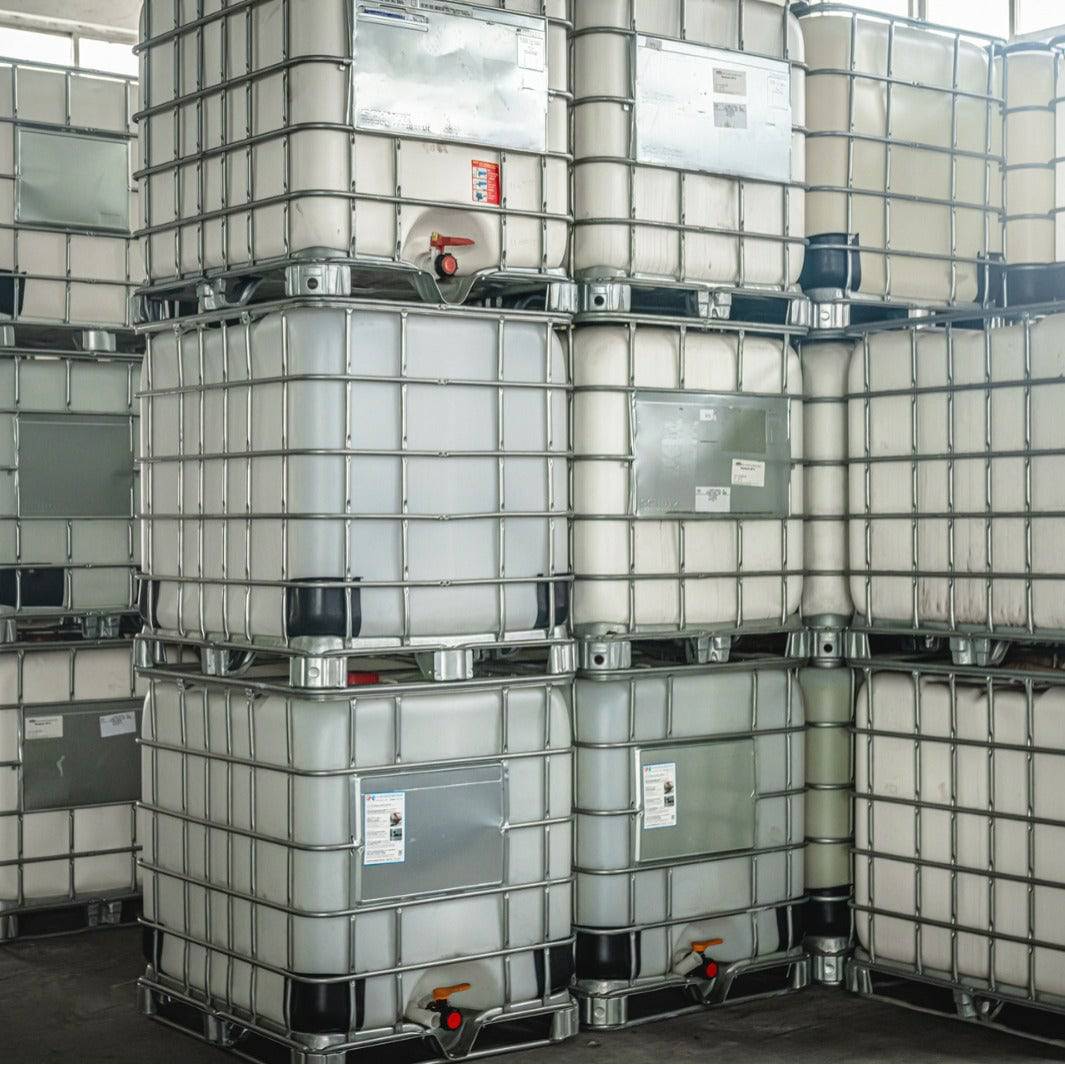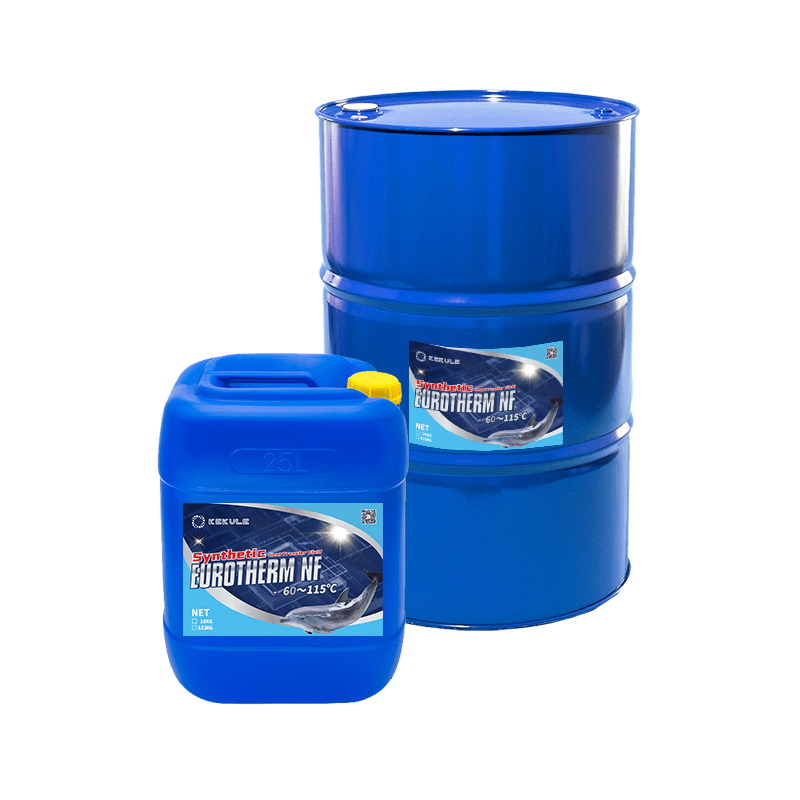Our Chemie PDFs
Our Chemie PDFs
Blog Article
Getting My Chemie To Work
Table of ContentsThe 30-Second Trick For ChemieRumored Buzz on ChemieExcitement About ChemieChemie Fundamentals ExplainedWhat Does Chemie Mean?Some Known Incorrect Statements About Chemie
By Bojanna Shantheyanda, Sreya Dutta, Kevin Coscia and David SchiemerDynalene, Inc. Liquid air conditioning, which can be accomplished using indirect or straight ways, is used in electronic devices applications having thermal power densities that may surpass risk-free dissipation through air cooling. Indirect fluid cooling is where warm dissipating digital parts are literally separated from the liquid coolant, whereas in instance of direct cooling, the elements are in straight contact with the coolant.Nonetheless, in indirect air conditioning applications the electric conductivity can be vital if there are leaks and/or splilling of the liquids onto the electronics. In the indirect air conditioning applications where water based liquids with deterioration inhibitors are typically utilized, the electrical conductivity of the fluid coolant mostly relies on the ion focus in the fluid stream.
The rise in the ion focus in a shut loophole fluid stream might take place as a result of ion seeping from metals and nonmetal elements that the coolant liquid is in contact with. During procedure, the electrical conductivity of the liquid may increase to a level which might be harmful for the cooling system.
6 Easy Facts About Chemie Shown
(https://hearthis.at/bette-anderson/set/chemie/)They are bead like polymers that can exchanging ions with ions in a solution that it is in call with. In the here and now work, ion leaching tests were carried out with various metals and polymers in both ultrapure deionized (DI) water, i.e. water which is treated to the highest degree of purity, and reduced electric conductive ethylene glycol/water mix, with the gauged change in conductivity reported in time.
The examples were permitted to equilibrate at space temperature level for two days before taping the first electrical conductivity. In all tests reported in this study liquid electrical conductivity was determined to a precision of 1% using an Oakton disadvantage 510/CON 6 collection meter which was adjusted prior to each measurement.
The Basic Principles Of Chemie
from the wall home heating coils to the center of the furnace. The PTFE sample containers were put in the heating system when constant state temperature levels were gotten to. The examination arrangement was eliminated from the heating system every 168 hours (7 days), cooled to space temperature level with the electrical conductivity of the liquid determined.
The electrical conductivity of the fluid example was checked for a total amount of 5000 hours (208 days). Number 2. Schematic of the indirect closed loophole cooling experiment set-up - silicone synthetic oil. Table 1. Components used in the indirect shut loop cooling experiment that touch with the liquid coolant. A schematic of the speculative setup is shown in Number 2.

The 10-Second Trick For Chemie
During operation the fluid storage tank temperature level was kept at 34C. The modification in fluid electric conductivity was monitored for 136 hours. The fluid from the system was collected and saved. Likewise, shut loophole examination with ion exchange resin was brought out with the very same cleansing procedures employed. The preliminary electric conductivity of the 230ml UP-H2O in the system determined 1.84 S/cm.

0.1 g of Dowex material was contributed to 100g of fluid examples that was absorbed a separate container. The combination was mixed and alter in the electrical conductivity at space temperature level was determined every hour. The determined modification in the electric conductivity of the UP-H2O and EG-LC test fluids containing polymer or metal when immersed for 5,000 hours at 80C is shown Number 3.
Some Known Questions About Chemie.
Figure 3. Ion leaching experiment: Calculated modification in electric conductivity of water and EG-LC coolants consisting of either polymer or steel examples when submersed for 5,000 hours at 80C. The results indicate that metals contributed fewer ions into the liquids than plastics in both UP-H2O and EG-LC based coolants. This can be as a result of a thin steel oxide layer which might work as a barrier to ion leaching and cationic diffusion.
Liquids including polypropylene and HDPE displayed the cheapest electric conductivity modifications. This can be as a result of the brief, rigid, straight chains which are much less likely to add ions than longer branched chains with weaker intermolecular forces. Silicone additionally carried out well in both test liquids, as polysiloxanes are typically chemically inert because of the high bond energy of the silicon-oxygen bond which would certainly prevent destruction of the product right into the liquid.
Chemie Fundamentals Explained
It would certainly be expected that PVC would certainly generate similar outcomes to those of PTFE and HDPE based upon the comparable chemical frameworks of the materials, however there might be various other contaminations existing in the PVC, such as plasticizers, that might impact the electric conductivity of the liquid - inhibited antifreeze. Furthermore, chloride teams in PVC can likewise leach right into the test liquid and can trigger a boost in electric conductivity
Polyurethane entirely disintegrated into the test fluid by the end of 5000 hour examination. Prior to and after pictures of steel and polymer samples submersed for 5,000 hours at 80C in the ion seeping experiment.
Calculated change in the electric conductivity of UP-H2O coolant as a function of time with and without resin cartridge in the closed indirect cooling loophole experiment. The determined modification in electrical conductivity of the UP-H2O for 136 hours with and without ion exchange material in the loophole is shown in Figure 5.
Report this page